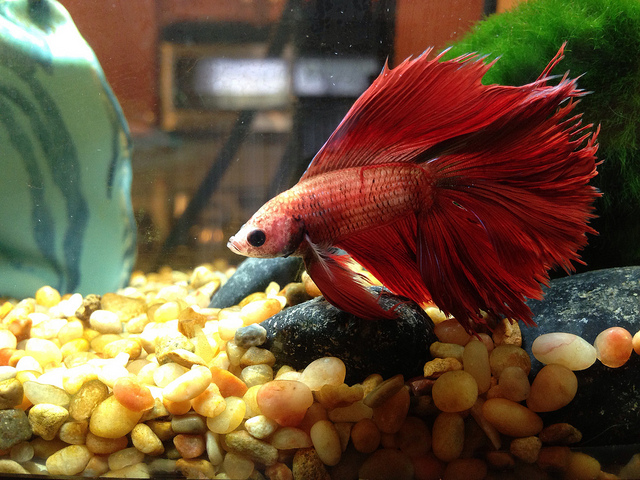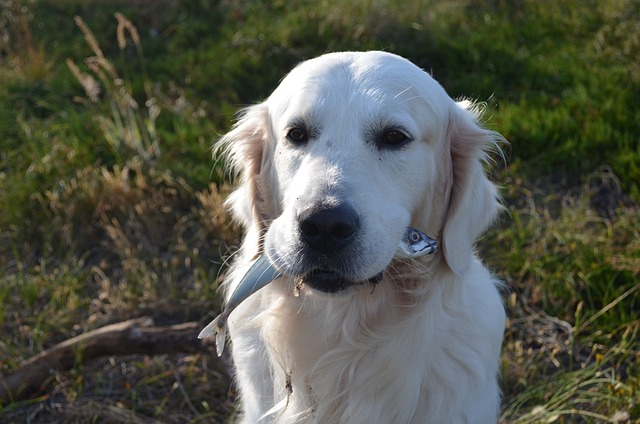Joyful Journey: Essential Tips for Raising Betta Fish – 5 Key Steps
Looking for tips for raising betta fish? These can help you discover what to pay attention to when learning how to raise healthy betta fish so that they thrive.

The betta fish. It’s been touted as one of the most colorful, beautiful fish in the world. Also known as the Siamese fighting fish, it originated in Thailand, Vietnam and the Cambodian regions. The males come in a variety of colors and they are fascinating to watch, one of the many reasons millions of fish lovers choose the beloved betta fish as a pet.
So — you are the proud owner of a betta. Now what? Here are some tips for raising betta fish.
In this article, we will touch on the necessary items to which you must pay attention if you want learn not only how to raise betta fish, but how to keep a betta fish healthy.

Don’t leave your pet’s safety to chance
Sign up for Petful recall alerts today.

The main tips for raising betta fish we’ll cover are:
- How to set up a betta fish aquarium
- What you will need to maintain a betta fish tank
- What does a healthy betta fish look like?
- What does a betta fish eat and how often to feed betta fish
- Warning signs of possible diseases in betta fish
A Brief Overview of Betta Fish
Before you tackle how to raise betta fish, you should have an idea about what you’re getting into. Betta fish are known for being territorial in nature, which is why they are often referred to as Siamese fighting fish. While this behavior is not exhibited as much in captivity, it’s still important to provide bettas with enough space and hiding spots to minimize potential aggression.
Bettas come in a wide range of colors and fin types and each betta has a unique personality, with some being more sociable or territorial than others. Understanding betta fish behavior is important for building them an environment that meets their needs. The following sections will dive into 5 essential tips for raising betta fish and explore how to take care of a betta fish so that they can be happy and healthy.
1. The Aquarium Setup
Your home is your castle, right? You like to keep it clean and free of clutter.
Well, it’s not any different for your betta. A clean aquarium equates to a happy betta.
Bettas do not necessarily require a huge, overpriced, complicated filtration system, or a lot of toys. In a way, you can say bettas are “minimalists” — they like their space, and lots of it.
Think of the wide open ranges and fields of Texas. There’s no need to crowd the tank with tons of plants, mini castles or figurines. Thus, one of the first tips for raising betta fish is that for aquarium set up, the No. 1 rule is: Keep it simple.
Size is important — to a betta. The tank should be at least 3 gallons of water per betta fish. This is the minimum amount of space.
A general rule of thumb is to have 1 gallon of water per inch of fish and then add another gallon for good measure. If you plan to add more fish to your tank, I recommend a 10-gallon size.
When assembling your betta fish tank, consider these things:
- The aquarium can be either glass or acrylic.
- Plants can be either live or plastic.
- Use waste-absorbing gravel.
- Don’t forget a heater — bettas like to stay warm.
- Get betta food and treats (bloodworms are a nice treat).
- Consider water and fish treatments.
For more, see our beginner’s guide to setting up an aquarium for pet fish.

2. Maintaining a Healthy Tank
If your tank is meant to be “home” for your betta fish, or perhaps a few nice neighbors, then you will need a filtration system — but not a huge, complicated one. Bettas prefer stagnant water, so the system should not create a lot of “waves.”
Temperature is important: not too hot, not too cold — just right. The water should run around 75 to 82 degrees Fahrenheit.
The pH levels for the tank should range between 6.8 and 7.
Test the water before submerging your little one into the tank. Buy additives or tablets at a pet store to help regulate the pH levels and measure the pH with test kits. Test the water at least weekly.
An important note: Before adding any items to the tank, such as plastic plants, gravel or other decor, rinse the items thoroughly. Many may contain chemicals that can be hazardous to your betta.
3. A Checklist for a Healthy Betta
First and foremost, keep the tank clean. A clean tank can help with maintaining a healthy betta.
Second, keep an eye on your betta’s:
- Color — should be bright and clear
- Fins — no tears or holes
- Scales — should be smooth
- Quick movements — they love showing off
These are indicators that your betta is healthy and well. Bubbles on the surface of the water will also mean your betta is a happy fish.
4. Your Betta’s Appetite
Many often wonder, what do bettas eat? Well, bettas have a rather simple diet. They will grow fast if they are fed mostly fresh or frozen foods that are nutritious for them.
But like humans, they do have an appetite for tasty treats — although for bettas, these are things such as worms, insects and small crustaceans.
If you notice body swelling or signs of constipation, cease feeding your fish for several days and then feed only live food for several days. The condition should improve.
Once health is restored, reduce the amount of food you fed your fish previously so constipation does not occur again.
Tips:
- Feed your betta small meals throughout the day.
- If this doesn’t work with your schedule, feed them once in the morning and again in the evening. If you can feed them only twice a day, give enough to eat for approximately a 2-minute feeding duration.
- Leaving uneaten food in the aquarium can be dangerous as well, so remove all food remnants from the tank.
- These betta fish care guidelines are vitally important to follow beause improper feeding can lead to poor health.
5. Is Your Betta Not Feeling Well?
Your betta likes to swim at the top of the tank, but if they’re floating … you have a problem.
Betta fish care is not that difficult if you follow the proper steps and guidelines. But, unfortunately, even the most experienced betta owners may deal with an occasional sick fish when raising betta fish.
Here are a few signs your betta may not be feeling 100%:
- Swimming becomes a strange pattern.
- The fins look clamped.
- Your little guy is spending way too much time at the bottom of the tank — hiding.
- They’re at the top of the tank gasping for air — constantly.
- They have the “shakes.”
- They’re using the plastic plants and castle as a scratching post — well, your betta is not a cat.
Normally your betta will have cotton wool disease, ich or velvet, all of which can easily be treated with an over-the-counter medication (usually containing malachite green) and aquarium salt added to the tank.
Consult your veterinarian or the specialist at the store where you bought your betta before starting any treatment.
Good luck, and happy betta keeping!
Frequently Asked Questions (FAQ)
How Long Do Betta Fish Live?
In terms of betta fish lifespan, they can live to be around 2-5 years old. On average, a healthy betta fish can usually live to about 3 years old.
Where Do Betta Fish Come From?
Betta fish are native to areas mainly in Vietnam, Thailand, and Cambodia.
How Much is a Betta Fish?
On average, a betta fish can cost from as little as $5 to the hundreds range, depending on many factors. Location, rarity, and type all contribute to how much a betta fish may cost.
* * *
This featured contribution was written by Adam Short, proud owner of Betta Fish Center, an educational resource for betta owners looking for information on how to keep their fish happy and healthy. On his website you can find free articles, videos, user-submitted gallery images and a betta forum where members can interact and ask questions.







